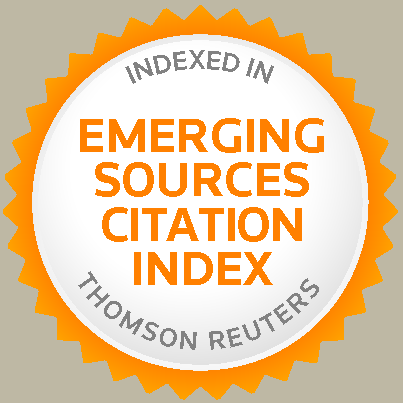How Did a Translator into Old Russian Work with His Sources?
Anna A. Pichkhadze
Abstract
It is a well-known fact that medieval scribes often used several manuscripts as their sources in order to produce a new copy of a text; this is because every source manuscript can contain errors or be damaged. Because scribes did not attempt and were not able to select source manuscripts belonging to the same textual group, the new copy might reflect more than one textual tradition. Translators from Greek into Church Slavonic apparently had the same problems with their sources as scribes did. Moreover, translators had even more difficult problems due to itacism and the numerous abbreviations used in Byzantine manuscripts. However, so far scholars have provided no evidence for the use of multiple Greek manuscripts for translations into Church Slavonic. In this article a few instances of contaminated readings (conflations) from the Old Russian translation of the Life of St. Andrew the Fool are cited. They reflect variant readings from different Greek manuscripts and seem to prove that the translator worked from at least two Greek manuscript sources, which enabled him to choose the wording he considered to be the best for any given passage.
Keywords
Old Russian translations; contaminated readings (conflations); Life of St. Andrew the Fool
References
Alekseev A. A., Tekstologiia slavianskoi Biblii, St. Petersburg, 1999.
Moldovan A. M., “Zhitie Andreia Iurodivogo” v slavianskoi pisʹmennosti, Moscow, 2000.
Rydén L., ed., The Life of St Andrew the Fool, 1–2, Uppsala, 1995.
Refbacks
- There are currently no refbacks.
Copyright (c) 2015 Anna A. Pichkhadze

This work is licensed under a
Creative Commons Attribution-NoDerivatives 4.0 International License.










